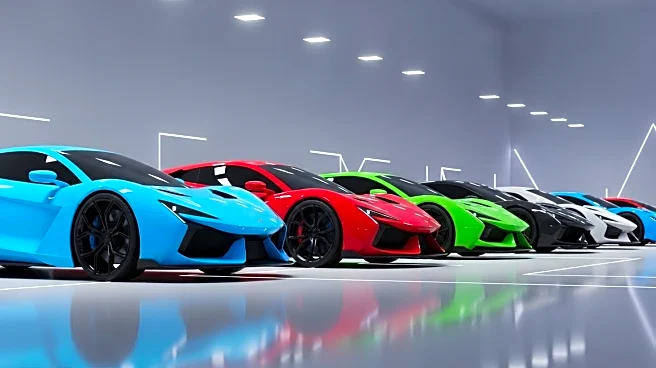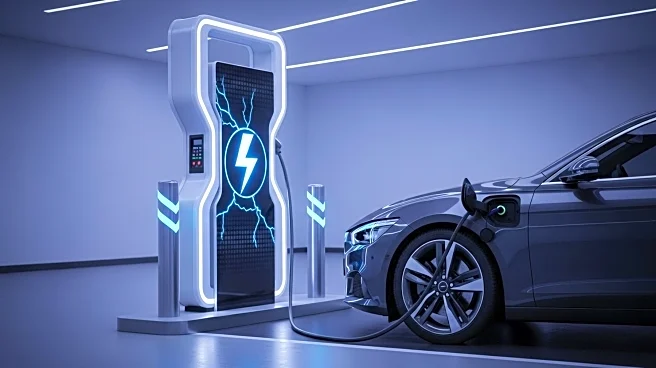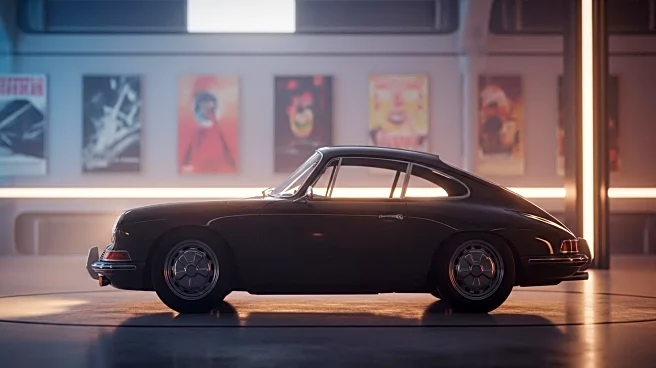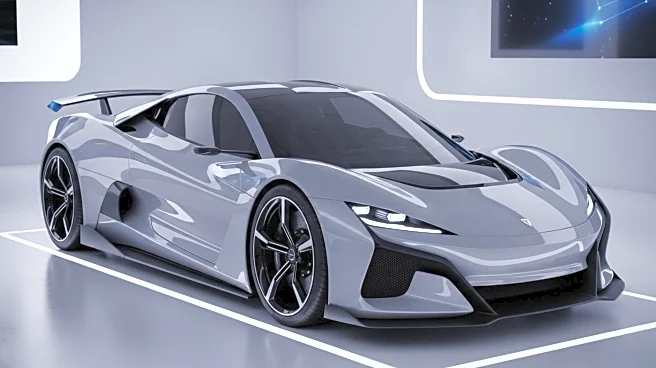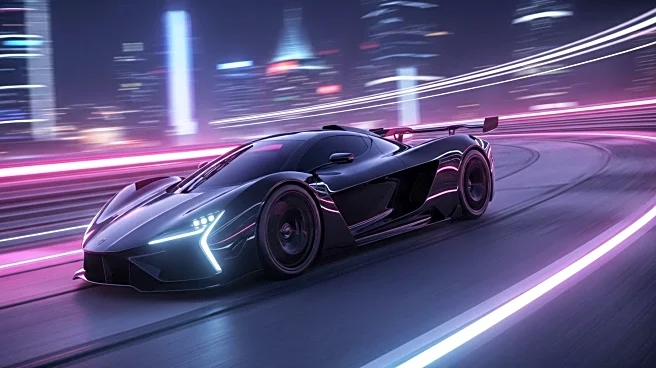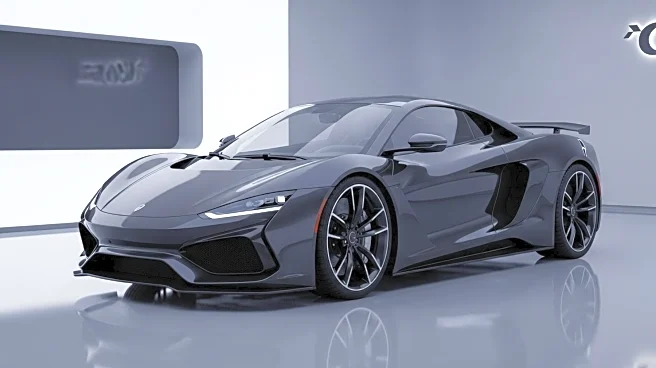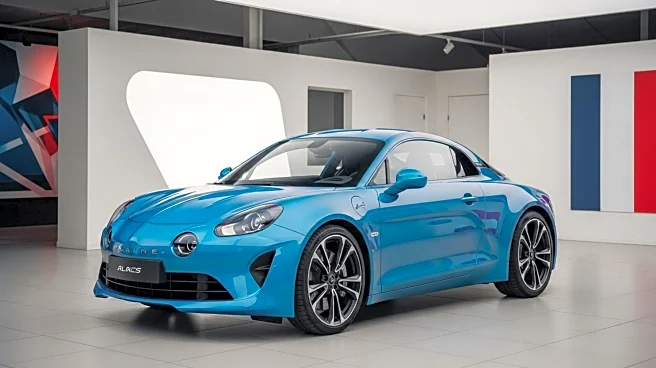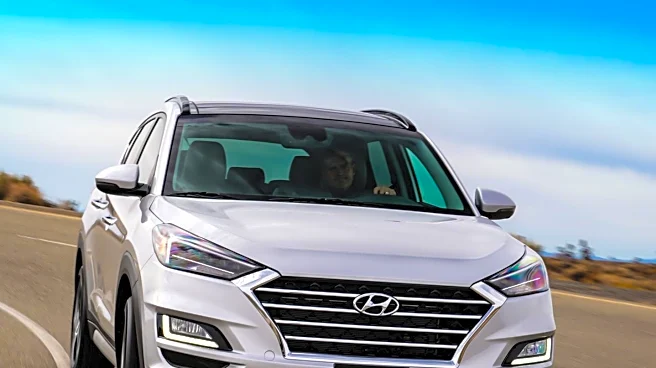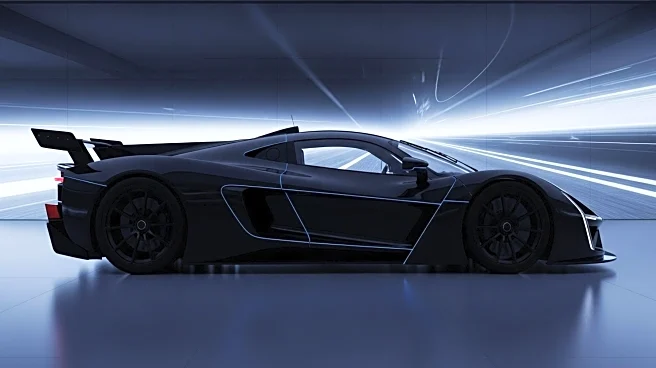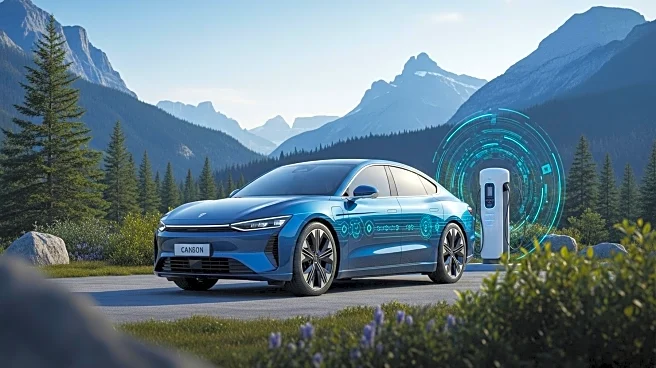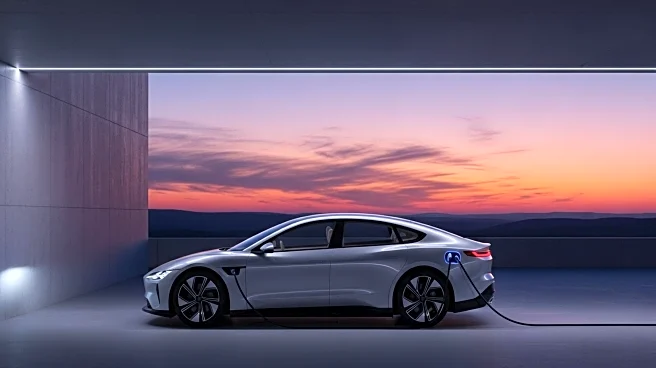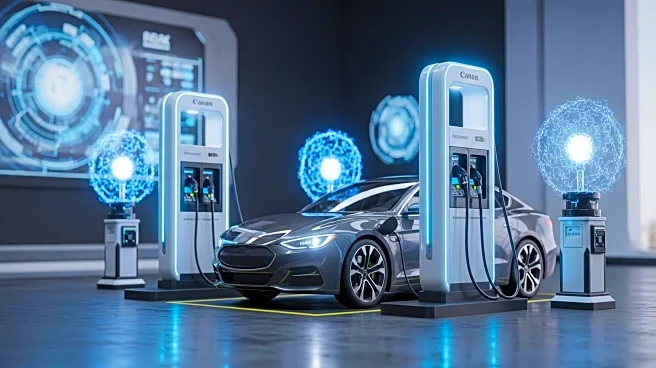What is the story about?
What's Happening?
Ferrari is set to launch 20 new models between 2026 and 2030, marking a significant increase in its product output. This ambitious plan includes the introduction of Ferrari's first electric vehicle, the 'Elettrica,' and other models such as an updated 296 and a plug-in hybrid Purosangue. Ferrari's CEO, Benedetto Vigna, emphasized that the company will maintain its exclusivity by offering more models with limited production volumes rather than increasing the volume of existing models. Despite the surge in new products, Ferrari has already secured orders covering its entire 2026 production run, indicating strong demand.
Why It's Important?
Ferrari's expansion strategy reflects its efforts to adapt to changing market dynamics while preserving its brand prestige. The introduction of electric and hybrid models aligns with global trends towards sustainable automotive solutions, although Ferrari anticipates that only 20% of its lineup will be electric by 2030. This move could attract a broader customer base, including environmentally conscious buyers, while maintaining appeal to traditional enthusiasts. The strategy also highlights Ferrari's commitment to innovation and its ability to balance modern demands with its legacy of exclusivity.
What's Next?
As Ferrari rolls out its new models, the company will likely face challenges in integrating advanced technologies while preserving the driving experience that its customers expect. The shift towards electrification may require significant investments in research and development, as well as adjustments in manufacturing processes. Ferrari's approach to maintaining exclusivity through limited production runs will be crucial in sustaining its brand value. The automotive industry will be watching closely to see how Ferrari navigates these changes and whether it can successfully expand its market presence without diluting its iconic status.
Beyond the Headlines
Ferrari's strategic shift raises questions about the future of luxury automotive brands in an era of increasing environmental awareness. The company's decision to limit the electric share of its lineup suggests a cautious approach to electrification, balancing innovation with tradition. This strategy may influence other high-end automakers as they consider how to integrate sustainable practices without compromising their brand identity. Additionally, Ferrari's focus on exclusivity amidst expansion highlights the ongoing tension between growth and maintaining a luxury image.
AI Generated Content
Do you find this article useful?
